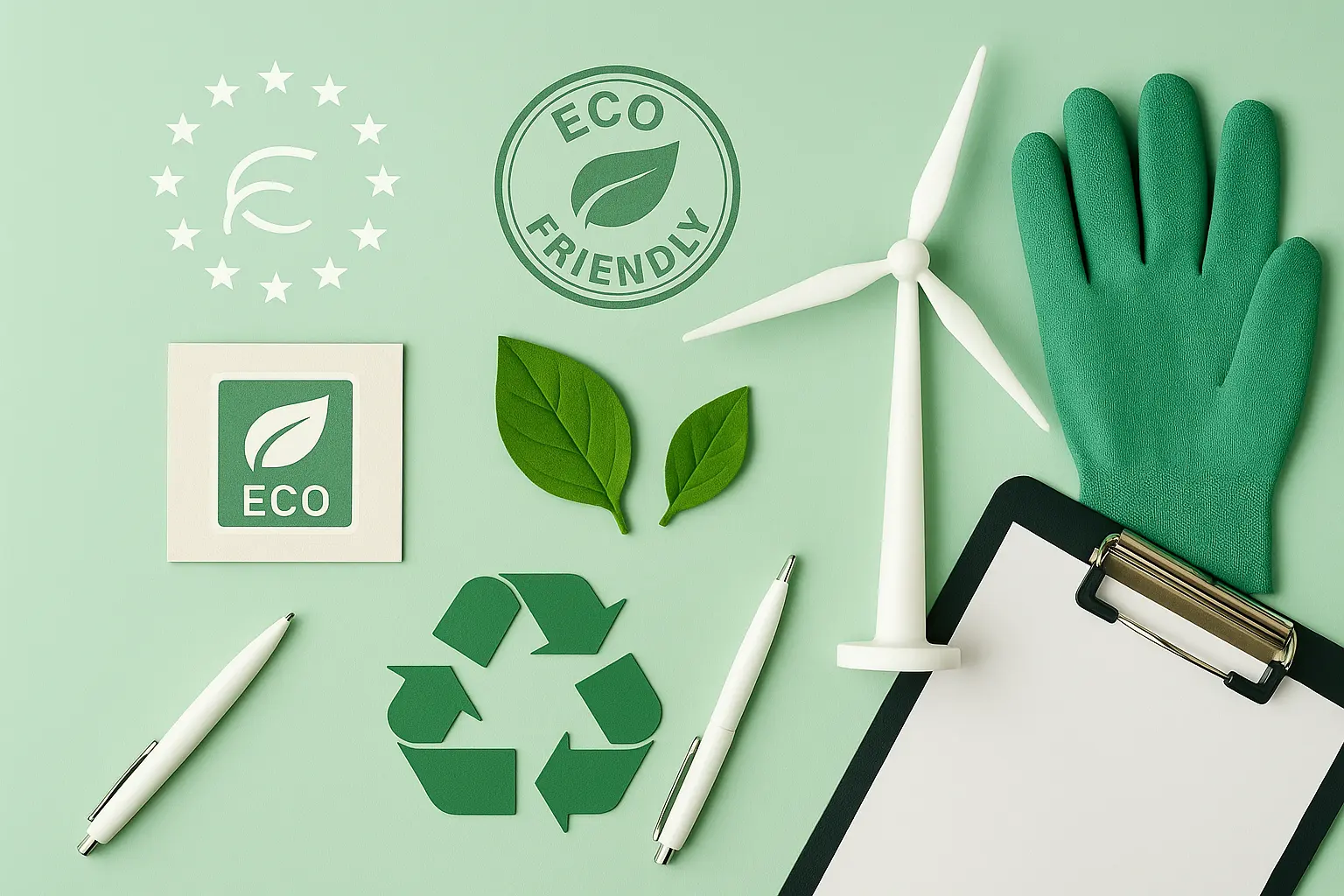Water Footprint Certification
The concept of water footprint certification is critical in today's world where water scarcity and environmental sustainability are top priorities. Water footprint refers to the total volume of freshwater used by a person or community over time, and it encompasses both direct and indirect water use. This certification ensures that products, processes, and organizations meet stringent standards for water efficiency and responsible water usage.
Water footprint certification is particularly relevant in sectors such as agriculture, manufacturing, and consumer goods, where the impact on local ecosystems and communities can be significant. For instance, agricultural products like cotton and rice have substantial water footprints due to large-scale irrigation requirements. Similarly, manufacturing processes that involve high-volume water usage require rigorous scrutiny to minimize their ecological footprint.
The certification process involves a comprehensive assessment of how much freshwater is used in the lifecycle of a product or service. This includes not only direct uses but also indirect ones, such as those involved in raw material extraction and processing. The aim is to identify opportunities for reducing water usage, improving efficiency, and adopting sustainable practices.
Water footprint certification aligns with broader sustainability goals by promoting resource conservation and responsible consumption. It encourages the adoption of innovative technologies and practices that reduce water waste and pollution. By certifying products or processes as having low water footprints, organizations can enhance their reputation for environmental responsibility and attract environmentally conscious consumers.
| Applied Standards |
|---|
|
The certification process typically involves several steps, including inventory, impact assessment, and improvement planning. During inventory, all water uses are identified and quantified throughout the lifecycle of the product or service. This includes collecting data on direct water use in production processes as well as indirect water use associated with supply chains.
Impact assessments then evaluate these water usages to determine their environmental impacts. This step helps identify areas where reductions can be made. Based on this information, improvement plans are developed outlining strategies for reducing the overall water footprint. These might include optimizing manufacturing processes, sourcing more efficient raw materials, or implementing recycling programs.
Water footprint certification is not just about compliance; it's also about innovation and leadership. Organizations that achieve certification demonstrate their commitment to sustainability and can differentiate themselves in competitive markets. They also gain valuable insights into their water usage patterns which can be used to drive continuous improvement efforts.
Why It Matters
The importance of water footprint certification cannot be overstated, especially given the increasing pressures on global water resources. Water scarcity is a growing concern worldwide, affecting not only natural ecosystems but also human societies and economies. In many regions, freshwater availability far outstrips demand, leading to conflicts over resource allocation.
For businesses operating in these areas, water footprint certification offers several benefits. It helps them identify inefficiencies within their operations that can be addressed through better management practices. By reducing waste and improving efficiency, organizations not only lower their costs but also contribute positively to the environment.
Moreover, consumers are becoming increasingly aware of environmental issues and preferentially choose brands that demonstrate a commitment to sustainability. Certification provides assurance that products have been produced in an environmentally responsible manner, thereby enhancing brand reputation and customer loyalty.
Achieving water footprint certification also opens up new market opportunities for companies looking to expand into regions with stricter regulations or where there is a strong demand for sustainable goods. It signals to potential partners and investors that the organization takes its environmental responsibilities seriously.
Applied Standards
| Applied Standards |
|---|
|
The international standards mentioned above provide structured frameworks for conducting water footprint assessments. They ensure consistency across different organizations and regions, facilitating comparison and benchmarking.
ISO 14046:2012 is specifically focused on accounting methods, which help in quantifying the direct and indirect water uses throughout a product’s lifecycle. EN ISO 14046 provides similar guidance but with a European perspective. ASTM E698-15 focuses more on practical implementation aspects.
These standards guide organizations through every stage of the certification process, from data collection to final reporting. They emphasize transparency and accuracy in water footprint calculations, ensuring that certified products truly reflect minimal environmental impact.
Customer Impact and Satisfaction
- Enhanced environmental responsibility leading to trust from consumers
- Innovation in water-saving technologies and practices
- Reduced operational costs due to more efficient processes
- Increased market share among environmentally conscious customers
- Better alignment with government regulations and policies
The implementation of water footprint certification has a direct positive impact on customer satisfaction. Consumers are increasingly aware of environmental issues and prefer brands that demonstrate a commitment to sustainability. By achieving this certification, organizations can ensure they meet or exceed consumer expectations regarding responsible resource use.
Moreover, the process itself fosters innovation within companies as they explore new ways to reduce their water footprint. This not only benefits the environment but also contributes to long-term cost savings and operational efficiency. Ultimately, these efforts translate into higher customer satisfaction levels.





